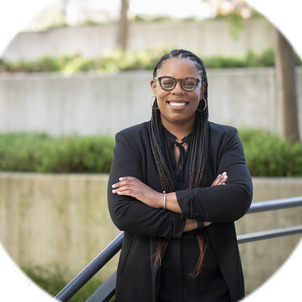Over the years, we’ve depleted the world’s soil of nitrogen, which plants need to grow, so we’ve had to add synthetic nitrogen fertilizer to fields around the globe. Half the world’s population – about 3 billion people – are alive today just because we use this fertilizer to sustain our food production. The problem is that the manufacture and use of synthetic fertilizer damages the planet; it consumes lots of energy, produces greenhouse gases that destroy the ozone layer, and gets into our waterways, destroying biodiversity and threatening human health. I’m using synthetic biology and engineering strategies to enable symbiotic microbes that live on the roots of plants to produce nitrogen fertilizer in a sustainable way.
I’ve always loved plants; as a kid in Germany my room was filled with 80 different species that I’d collect and tinker with, figuring out what light they needed and their soil, water and temperature requirements. Back then, I never considered combining plants and engineering into a profession. When I came to the U.S. as an undergraduate, I struggled figuring out what I wanted to do, because I have very broad interests. I wanted to do everything. Even today after 10 years, I’m still learning how not to feel that I’ve missed out on opportunities because I made one choice and not another, and to not regret taking one path rather than a different one that would have led elsewhere. Now I try to see the opportunities in front of me, rather than ones I may have missed.
One of those opportunities right now is working with Professor Jennifer Cochran as an “entrepreneur in training” in Stanford Bioengineering. Dr. Cochran is piloting approaches to help students investigate the potential of bringing their promising new technologies to market. There are many students coming out of their PhD programs with projects and ideas they may want to explore further, and developing programmatic opportunities for budding entrepreneurs could contribute to an ecosystem to support that, helping translate research like mine into something that could be impactful in the real world.
I’m most inspired by work that can improve the lives of as many people as possible. Finding a better way to produce nitrogen fertilizer is one of those huge challenges that requires tenacity and a willingness to break the problem down and solve one piece at a time. Doing that is what makes me an engineer.
Related spotlights

Lara Weed

Sebastian Fernández

